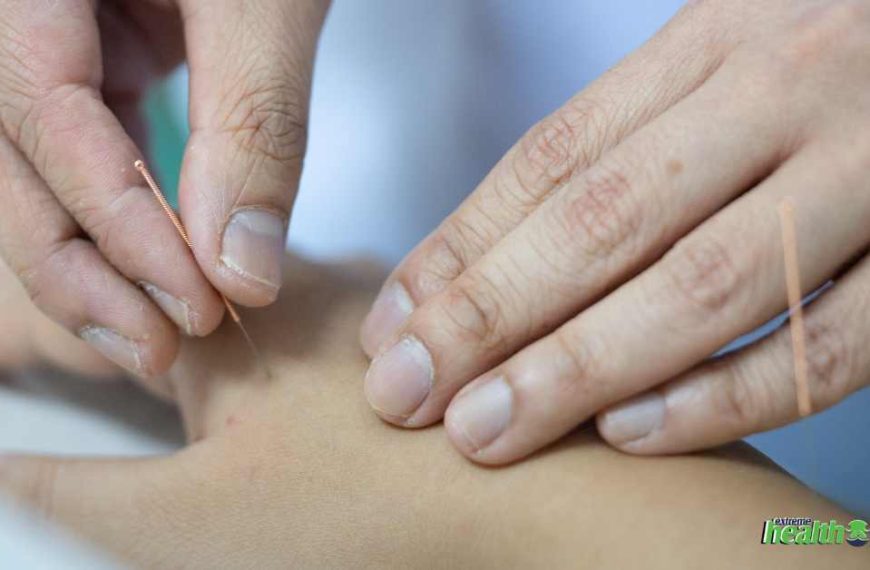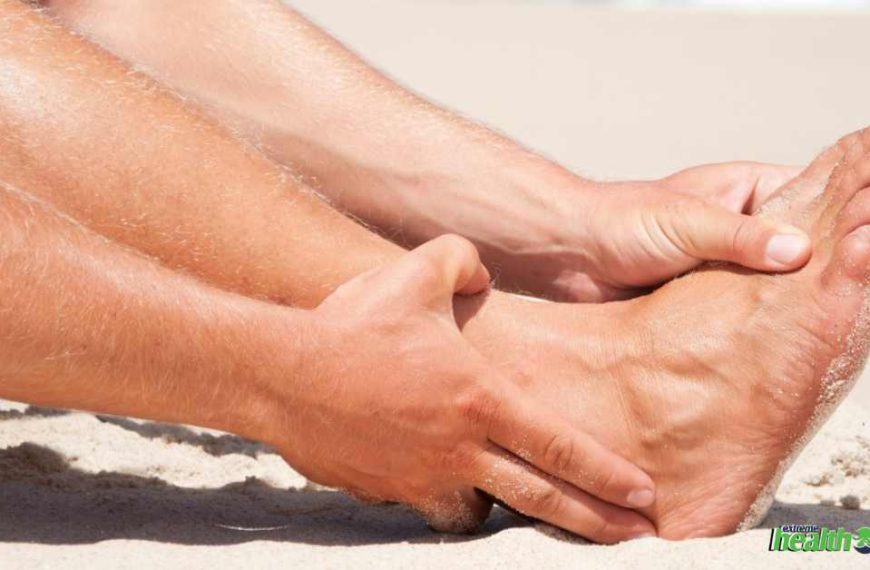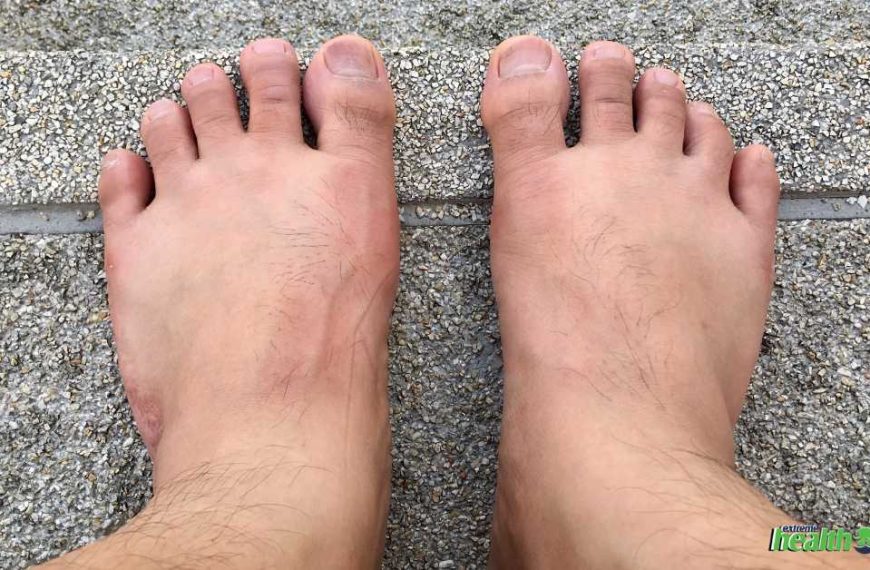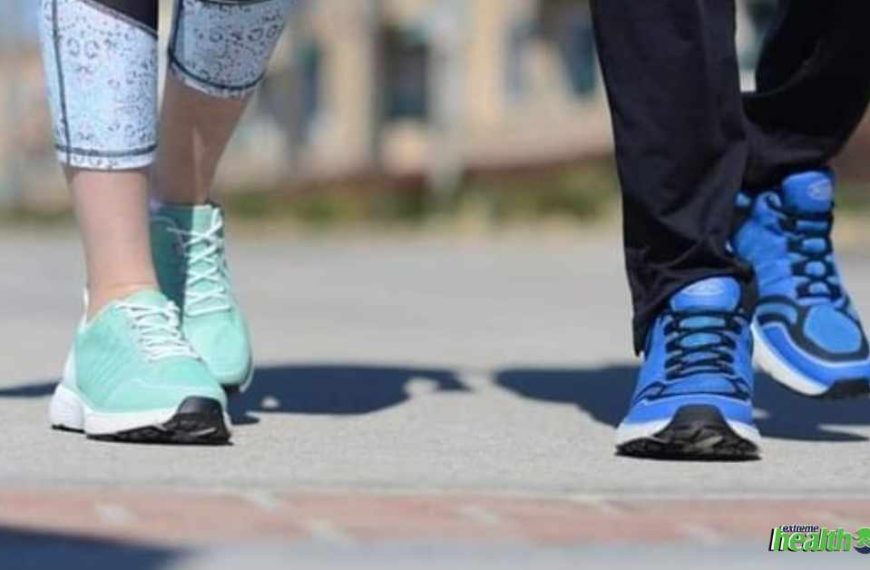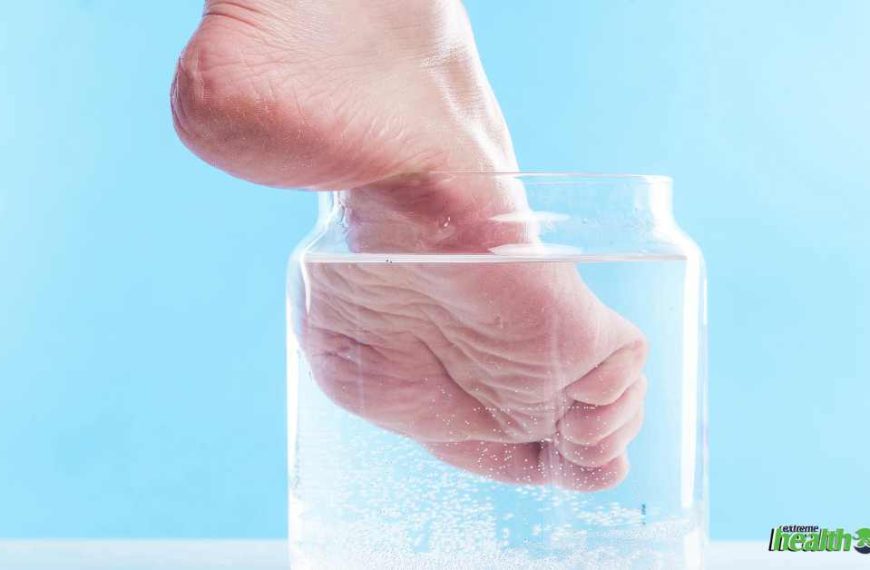Last Updated on July, 2024
Of late, so many medically approved socks are available in the healthcare industry. Sometimes it is difficult to tell them apart and figure out which type you are looking for. One such confusion is often seen between diabetic and compression socks.
Are compression and diabetic socks the same? Of course not.
This article is where you’ll learn what each type is, the benefits, the conditions treated, and the similarities and differences of each to help you distinguish their overall functionality from each other.
Read on to figure out which type of socks you would benefit from.
Quick Summary
Compression socks apply varying levels of pressure to the superficial veins beneath the skin to eliminate excess fluid retention and promote better blood flow toward the heart.
Compression stockings are recommended for those who are involved in activities that keep them immobile and can alleviate swelling, achy, and fatigued legs and feet.
Diabetic socks are designed to address the foot complications that arise from diabetes, such as loss of sensation, pain, weakness and poor circulation. It is recommended to consult a doctor before using them.
Quick Navigation
- What are Compression Socks?
- Features of Compressions Socks
- Who are Compression Socks Suitable for?
- Choosing Compression Levels
- Conditions Treated By Compression Socks
- Benefits of Compression Socks
- What are Diabetic Socks?
- Features of Diabetic Socks
- Who are Diabetic Socks Suitable for?
- Conditions Treated By Diabetic Socks
- Benefits of Diabetic Socks
- Diabetic Socks vs Compression Socks
- Similarities
- Differences
- Diabetic or Compression Socks: What’s Best?
- Conclusion
- Frequently Asked Questions
- How Do Diabetic Socks Differ From Compression Socks?
- How Does Diabetes Affect Circulation?
- Was this article helpful?
What are Compression Socks?

Compression socks available in various lengths are designed to be a snuggle fit. They apply varying levels of pressure to the superficial veins beneath the skin. This compression eliminates excess fluid retention among tissues by promoting better blood flow toward the heart.
Features of Compressions Socks
A good quality pair of compression socks should have the following features to be effective;
- Cotton blend fabric– To provide natural breathability and an ultra-soft feel.
- Antimicrobial nature with silver ion wash– To provide protection against germs and bacteria. It keeps the feet dry and odor and stain free.
- A wide top band– To keep the socks from rolling down, chafing, or pinching on the skin. It also makes sure constant pressure is applied throughout.
- Terry cushioned footbed– Serves as extra cushioning for comfort and protection. And does not easily wear off with regular use in the toes and heels area.
- Flat felled seam construction– To ensure comfort without pinching on the toes.
Who are Compression Socks Suitable for?

Studies show that just 60 minutes of immobility can cause up to a 50% reduction in blood flow to the lower legs, resulting in increased venous pressure. The compression from the socks constricts the dilated veins at the skin surface to restore proper blood flow. If not restored and left untreated, it may lead to varicose and spider veins.
Compression socks can generally alleviate swelled, achy, and fatigued legs and feet. Due to this reason, any and everyone who tends to be involved in activities keeping them immobile can benefit from wearing compression socks.
It is recommended to wear compression socks during sports recovery, travel, and pregnancy. It is a preventative measure with comfort.
Choosing Compression Levels
Compression socks usually come in four different compression levels;
- 8-15 mmHg– For gentle pressure and support against swelling and relief from light pain.
- 15-20 mmHg– Mild pressure for extended motionless activities like traveling and certain work settings. Relieves pain from achy and fatigued legs.
- 20-30 mmHg– Moderate to strong pressure to prevent and reverse swelling and chronic insufficiency.
- 30-40 mmHg– Strongest pressure level to be used only by physician recommendation for conditions like ulcer management and healing.
Conditions Treated By Compression Socks

Compression socks are helpful for people with conditions like varicose and spider veins, lymphedema, plantar fasciitis, deep vein thrombosis (DVT), and general aches and pains involved with pregnancy and traveling.
It is also widely used by long-distance runners to boost blood circulation and prevent injuries.
But remember, it is always recommended to consult a doctor prior to using any treatment options for best results.
Related article: Do Compression Socks Help Neuropathy?
Benefits of Compression Socks
The benefits of compression socks include the following;
- Boost blood circulation in lower legs
- Reduce swelling and fluid retention through improves lymphatic drainage
- Controls postural orthostatic tachycardia syndrome (POTS) due to extended immobility
- Prevents blood from pooling in the legs
- Prevents blood clots due to DVT
- Reduce and treat the pain of varicose veins
- Alleviates general pain and fatigued legs
- Prevents venous ulcers
- Prevents venous hypertension
- Supports muscle recovery
- Improves athletic performance by promoting proper circulation
- Relieve pain due to health conditions such as peripheral neuropathy and Ehlers-Danlos syndrome (EDS)
- Supports overall foot health
- Improves sleep quality
- Energizes leg muscles
What are Diabetic Socks?

As the name implies, diabetic socks are designed to respond to diabetes patients. Continuously elevated blood sugar levels in diabetic patients give rise to foot issues like nerve damage that can lead to diabetic neuropathy. These foot complications are often associated with loss of sensation, pain, weakness, and tingling extremities. (1)
The nerve damage can also extend the effect to other body parts, including the blood vessels and heart. Poor circulation will restrict blood flow and delay the healing of even a minor foot injury, like cuts, sores, and abrasions.
Considering these factors, diabetes socks are loose-fitting, non-binding socks developed to promote blood flow, relieve pressure off the legs, and provide protection against foot injuries.
Diabetic socks are prescribed by medical professionals for people with diabetes.
Read the complete guide on this topic here.
Features of Diabetic Socks
A reliable pair of diabetic socks should feature the following characteristics for effective functionality;
- Seamless toes– Prevents rubbing and reduces the risk of blisters or ulcer formation.
- Non-binding band– To give a suitable and comfortable fit. Socks that are too loose will cause friction, and too loose will restrict blood flow leading to more foot problems.
- Moisture-wicking material– Keeps feet dry and avoids breeding ground conditions to prevent infection.
- Cushioned footbed– Extra padding to prevent foot injuries and reduce pressure on the feet
- Antimicrobial treatment– To prevent bacterial and fungal infections.
- Fine textured fabrics for breathability– Prevent skin irritation and keep feet warm at the correct temperature to increase circulation.
- Light-colored fabrics– Make it easier to spot injuries and cuts. Most diabetic socks are white in color for this reason.
Who are Diabetic Socks Suitable for?

It is suitable to wear diabetic socks in the following circumstances;
- The features make it an ideal choice for patients with foot problems.
- For people with foot sensitivities and diminished sensation- many patients with diabetes suffer from nerve damage. So it is also usable as neuropathy socks.
- People who often experience swollen legs can use them as edema socks due to the non-binding band that doesn’t restrict circulation.
- For anyone who needs ultra comfort everyday socks.
Diabetes patients suffer from many complications like foot issues and poor blood flow. These issues vary from patient to patient.
So be sure to consult your doctor when using certain treatment options because it may or may not hinder the treatment plan suggested by the doctor.
Conditions Treated By Diabetic Socks
The sole purpose of diabetic socks is to serve people with diabetes. It is designed to provide ultimate comfort and protection against a foot injury and prevent antimicrobial growth keeping the feet clean and healthy.
Benefits of Diabetic Socks
The benefits of wearing diabetic socks include the following;
- Improved blood circulation in the feet
- Prevents blood clots
- Provides overall foot protection for better health
Diabetic Socks vs Compression Socks
Similarities
Both diabetic and compression socks provide comfort and relief from the pain associated with many neuropathy symptoms. Especially compression stockings due to the varying levels of pressure that will meet the spectrum in the severity of the condition.
Although the functionality process differs, they both provide effective protection against injuries preventing possible infections that can lead to gangrene in most diabetic patients.
Moreover, diabetic socks and compression socks are medically prescribed. Especially compression socks that can serve a range of conditions.
Differences
| Compression socks | Diabetic socks |
| Available in various compression levels and lengths. | Available in different styles and lengths. |
| Choice of fabric includes cotton, moisture-wicking nylon, and merino wool. | Made of wool, cotton, or bamboo with few seams or no seams. |
| Medically prescribed for various conditions. But anyone who needs to keep their legs energized during extended inactivity and sports activities can wear compression socks. | Especially prescribed to a diabetic with foot problems. So not all diabetics have to necessarily wear them.. |
| Targets improved circulation to prevent fluid accumulation, edema, and blood clot formation. | Targets comfort and protection of the feet while aiding in better circulation. |
Diabetic or Compression Socks: What’s Best?

Diabetic socks vs. compression socks, Which is better? Well, this is not a cut-and-dried situation. There is no definite answer because it all comes down to the intended purpose and severity of the condition.
Although they share some similarities, the overall functionality is different, making them suitable for various circumstances.
Then comes the question, can diabetics wear compression socks? YES! In fact, recent studies have revealed that a pair of socks with light compression can control edema and promote overall circulation. But always remember to check with your physician to know if it’s the best choice for your condition.
Conclusion
Compression socks and diabetic socks have their own role to play in various foot issues. Diabetic socks mainly serve diabetes patients, while compression socks address a vast range of patients. So sometimes compression socks may be recommended to diabetic patients based on the status of the condition.
Since you now know the difference between compression and diabetic socks, we hope this article gave you the clarity to choose between the two. And whatever you choose, just make sure to consult with your doctor if you suffer from a condition that follows a particular treatment plan.
Frequently Asked Questions
Was this article helpful?
Was this article helpful?

